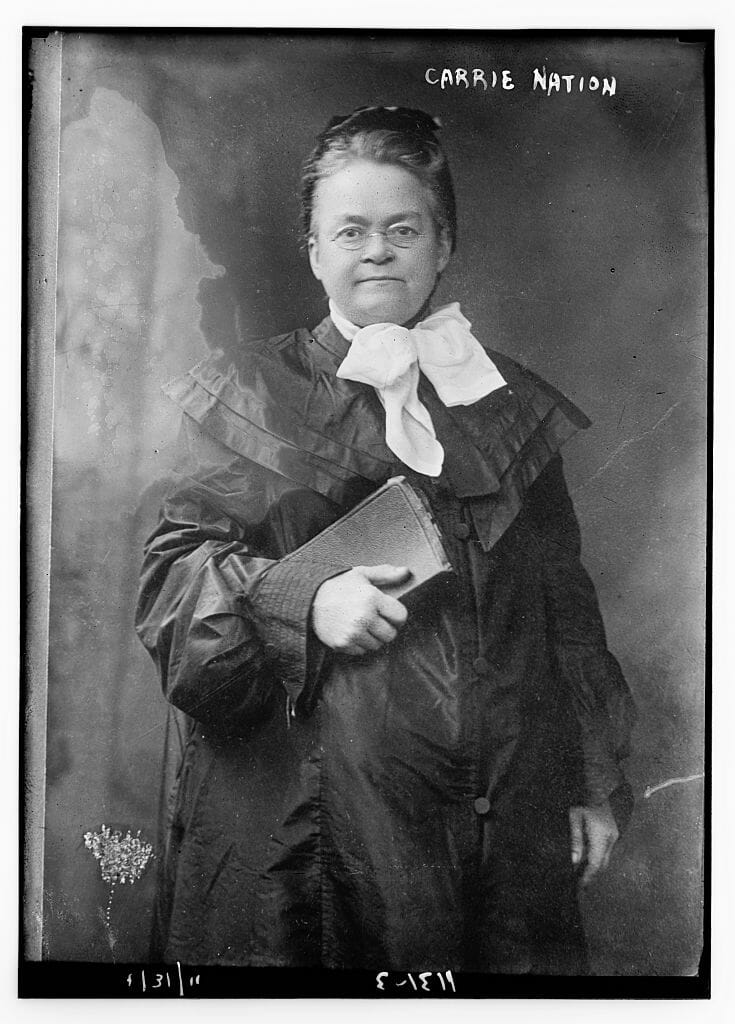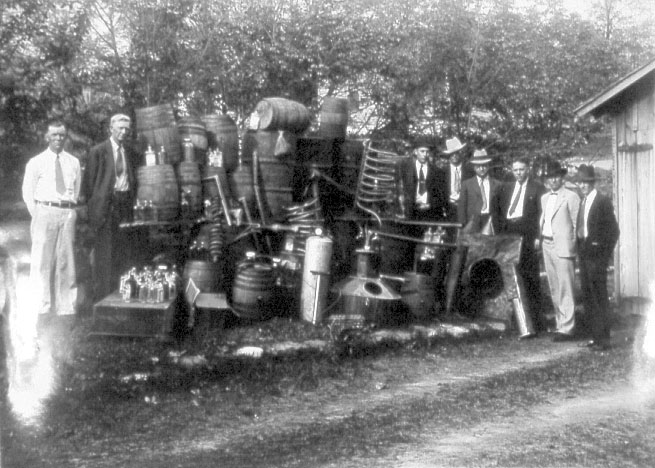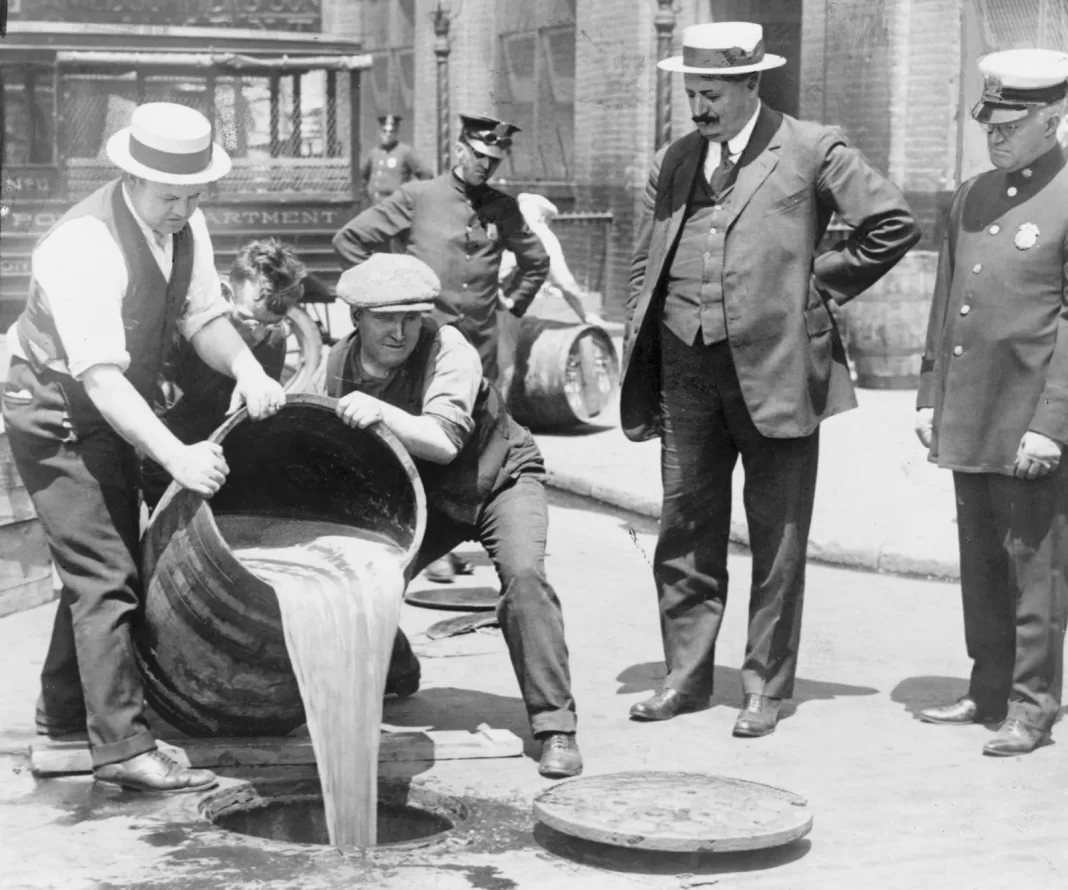By Dr. Curtis Varnell
Stumbling down the slope, skidding over rocks and grasping roots to prevent catastrophe, I arrived at the opening that a friend had described to me. Sliding back into the darkness of the overhanging cliff, the flashlight illuminated an old wooden door, askew and hanging on rusted hinges. Sure enough, it was as described. Old shelves lined the wall and jars and bottles littered the floor. Left from the prohibition time, we had stumbled on one of the many moonshine stills that produced illegal alcohol during the twenties, thirties, and from the looks of it, probably more recently.

Arkansas, a major producer of corn, has always found it more profitable to convert grain to the liquid variety than to try sale it by the bushel. In 1890, long before prohibition, twenty bushels of corn would bring ten dollars. Forty bushels of that same corn, converted to 120 gallons of liquor, was easier to transport and would bring one-hundred and fifty dollars. What couldn’t be sold in Arkansas could easily be transported to Memphis and New Orleans.
As the New Awakening religious movement swept through America in the mid-1800’s, more and more people joined the temperance movement in opposition to the sale of alcohol. By the turn of the 20th century, political groups organized to oppose the use of alcohol. Some, like Carrie Nation were more active in opposition and actually went into taverns and took hatchets and axes and destroyed the businesses. It is somewhat ironic that Nation and her group head-quartered in Eureka Springs, one of the most liberal communities in Arkansas today.

The temperance movement peaked in 1919 when 68% of the House and 76% of the Senate passed the 18th amendment which prohibited the production and sale of all alcohol. America had a problem- with alcohol banned but still having a large population that demanded the product, illegal operations producing alcohol sprang up across the nation. Peak production centered in rural areas which produced corn and where stills could be easily hidden.
The hollows and forests of Arkansas provided great location to hide from the revenuers. Producers soaked bushels of shelled corn, allowed it to sprout, and then used a pestle to crush the corn. The resultant crushed corn was then placed in an oak barrel for several day and then distilled. The resultant material, known as sanglins, was then observed until the resulting bubbles formed from the mixture was just at the right stage, and then it was re-distilled to form “white lightning.” The prime market in Arkansas was the resort city of Hot Springs. Al Capone, Frank Costello and other big-time mob members spent a lot of time in the resort town known for its gambling and fun times. A town of more than ten thousand when Las Vegas was still a desert community of less than a thousand, Hot Springs was a central location for, not only the use of alcohol, but also as a location from which illegal liquor produced in the Ouachita mountains could be shipped all over the nation.

The prohibition ended in 1933 when the 21st amendment repealed the 18th. Arkansas counties were allowed to decide for themselves the issue of alcohol consumption. The result was the hodgepodge laws that are still in force today. “Wet” communities allow the sale of all alcohol, dry allows the sale of no alcohol, and “semi” wet allow the sale of beer and wine but no hard liquor. Nowhere is it legal to manufacture hard liquor without a license but some, even in our local communities, still find it profitable to manufacture.
The local state trooper pulled the speeding driver over to the side of the road. As he walked up to the driver’s side of the vehicle, the driver shifted back into drive and took off. After the ensuing chase, the car was checked thoroughly. Row after row of bottles containing clear liquid filled the trunk of the car. Moonshining is still alive and well in Arkansas.







